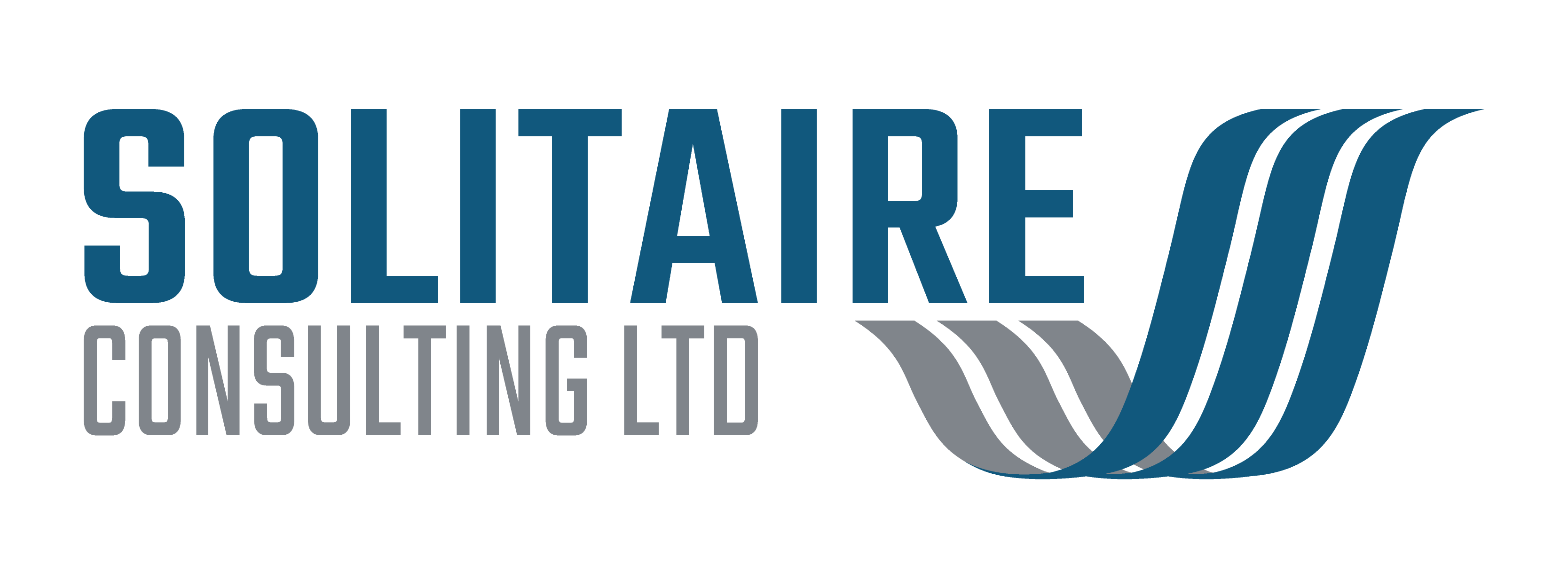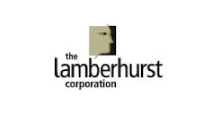“Everybody has accepted by now that change is unavoidable. But that still implies that change is like death and taxes — it should be postponed as long as possible and no change would be vastly preferable. But in a period of upheaval, such as the one we are living in, change is the norm.” Source: Peter F Drucker
Most change programmes fail.[1] But what is worse is that for over 25 years change projects fail for the same reasons over and over again:
- Front line staff do not understand why or how;
- Different parts of the organisation operate under different goals and incentives;
- Managers struggle to set the right vision and culture;
- Programmes focus on change mechanics, but fail to change behaviour;
- Inexperienced advisers allow clients to by-pass key steps in the change programme.
Lamberhurst’s Change Management Team recently reviewed over 50 change programmes through the lens of 100 years collective experience to understand why “Resistance to Change” remains such an issue. We concluded that successful programs address all the facets of an organisation including resources (process, people, technology and partners) and capabilities (leadership, skills, incentives and learning) in a holistic way. Many programs operate as a project with a superficial task led view that fails to properly address the root causes of resistance. Not unsurprisingly the outcomes are at best not sustained and at worst are completely unmet.

Introducing the Diamond Way
Our approach is integrated and multifaceted – focusing on enabling and empowering senior leadership through to front-line staff. The program takes the Change Imperative, structures it into an actionable Vision and communicates it. We then guide frontline staff to own the best way to deliver the Vision, embedding the necessary skills along the way. The key benefits are:
- Our integrated approach bridges the divides that so often exist between leadership and the frontline and between technical and operations people. This overcomes much of the understanding resistance that often hampers adoption of new ways of working
- Integrating operating teams also enables them to assess the impact of each change component on function and usability. For example how a new IT system will affect the users and associated processes, or the impact of outsourcing on both partner and customer organization – how to segregate and yet integrate process and technology.
- Our flexible multi-disciplinary team provides specialist skills tailored to your program Our people have been in your shoes and know what works from practical experience. Our lean based approach is tailored to your need rather than being constrained to “the method” coordinating Integration, People, Lean Process and Technology skills to ensure optimal execution and skills transfer throughout the program.
- Rather than doing change to you, our ILM[2] Quality Assured program is carefully conceived to enable your staff right from top to bottom to conceive, plan and deliver your vision under our guidance and coaching – transferring our skills to your team.
- Because your team owns the journey, they buy into it, can do it again and are able to continue adapting to their changing environment and markets.
Are you ready for a new journey? If so, contact me in the first instance and I can introduce you to my colleagues in The Lamberhurst Corporation.
[1] Source: McKinsey & Company 2008, HBR
[2] We have 3 programs endorsed by Institute of Leadership and Management: Senior Leadership Enablement, Delivering Continuous Quality and Innovation






